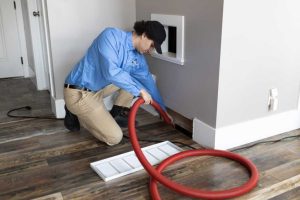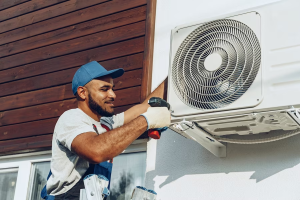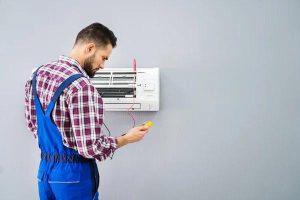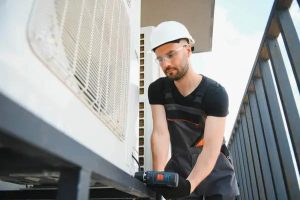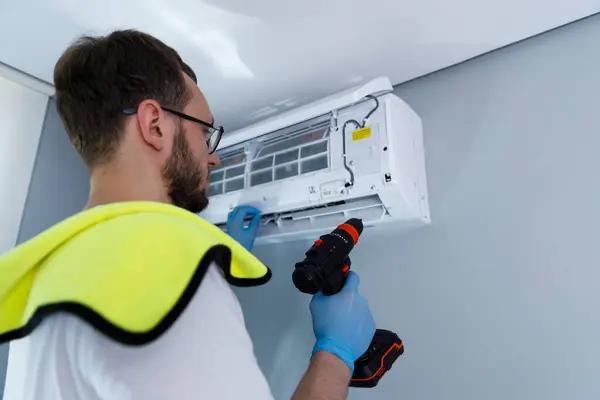
Heating, ventilation, and air conditioning (HVAC) contractors play a critical role in ensuring the comfort and safety of residential and commercial spaces. One of their primary responsibilities is diagnosing and resolving common heating issues that can disrupt daily life during colder months. By employing a combination of expertise, advanced tools, and systematic techniques, HVAC professionals efficiently identify problems to restore optimal functionality.
A vital technique used by HVAC contractors is conducting thorough visual inspections. Before diving into complex diagnostics, they examine visible components such as furnaces, heat exchangers, ductwork, thermostats, and vents for signs of wear or damage. This initial step helps pinpoint obvious issues like cracked heat services exchangers or blocked vents that could hinder proper airflow or pose safety risks.
Another essential method involves testing the thermostat settings and calibration. Many homeowners overlook the importance of a properly functioning thermostat in regulating indoor temperatures. Contractors check whether the device is accurately reading room temperatures and communicating effectively with the heating system. If discrepancies are found, recalibrating or replacing the thermostat may be necessary.
Systematic troubleshooting also plays a significant role in identifying deeper problems within heating systems. For instance, HVAC technicians often test electrical connections using multimeters to detect faults such as loose wires or malfunctioning relays that might prevent heaters from operating correctly. They also inspect ignition systems in gas-powered furnaces to ensure burners ignite consistently without delays—a common issue caused by dirty sensors or pilot light malfunctions.
Airflow analysis is another critical diagnostic tool employed by contractors when addressing uneven heating throughout a home or building. Using specialized equipment like anemometers or pressure gauges, they measure airflow levels across different zones to determine if blockages exist within ducts or filters need replacement due to accumulated debris.
Routine maintenance practices further aid in identifying potential problems before they escalate into major breakdowns during peak usage seasons. Technicians clean components such as blower fans and replace worn-out belts while checking for unusual noises that may indicate underlying mechanical issues requiring attention.
Finally, modern technology has revolutionized how HVAC contractors approach diagnostics through smart tools like thermal imaging cameras and connected monitoring systems that provide real-time data on system performance metrics such as temperature variances and energy consumption rates.
By combining these techniques with years of hands-on experience, HVAC professionals ensure reliable solutions tailored specifically to each client’s needs while minimizing downtime associated with heating repairs—keeping homes warm even during harsh winters.


